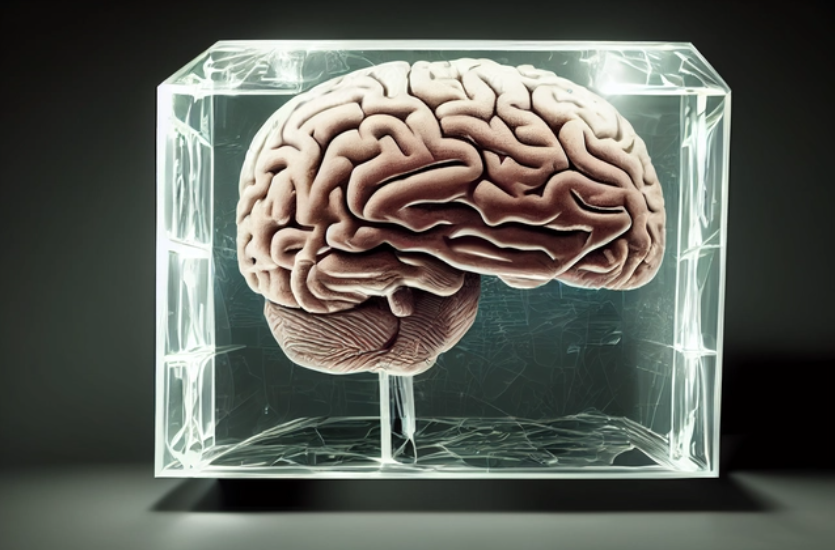What are the takeaways?
- Our shallow and fragile working memory has serious limitations for classroom behaviour and for learning. Those limits (both weight and complexity) are severe for a significant number of pupils.
- There is an important layer of information and insight one step further on from the simple model of memory.
- The insights and recommendations available from the Understanding Working Memory: A Classroom Guide are readily available to all teachers and that instructional design will be most effective when it minimises extraneous load in order to free up the capacity of working memory.
- Markedly distinct profiles of working memory deficit characterise different learning profiles and disorders.
- Specific language difficulties align with deficits in the verbal domain. Deficits on verbal working memory tasks were 50 times more common in children with Specific Language Impairment (who have no hearing loss) than the general population (Archibald & Gathercole, 2003 manuscript).
- Mathematical difficulties align with severe impairments in verbal and visuospatial working memory and visuospatial STM, but not verbal short term memory.
- Children with general reading difficulties have deficits in all aspects of working memory
- Children with poor working memory also have deficits that manifest in a variety of cognitively demanding activities, such as planning, sustained attention, problem solving, and IQ tasks. Whereby limited memory resources constrain performance on a range of executive tasks
- 50% of children identified as having poor working memory are also perceived to have problems with emotional control and regulation.
Reflections
So many of the common garden variety routines and tasks we deliver as teachers has the potential to overload the shallow and fragile working memory capacities of our pupils. Pupils with poor working memory capacities in particular are vulnerable when asked to follow what appears to be a simple series of instructions, or ask to remember information vital to the task that has since disappeared from the screen, or who fail to keep track and monitoring their own progress in structured learning activity, no matter how expertly it was presents, outlined and modelled.
What is more, impaired executive function often presents itself in weak planning and monitoring abilities, or problem solving abilities, and inattention, (strongly reflected in teacher ratings of classroom behaviour) further compounding the challenge. Over time, the cumulation of misunderstood, incomplete or missed learning opportunities amount to slow educational progress and poor academic attainment.
If teachers were reminded of the shallowness and fragility of working memory and made more aware of the architecture of working memory, beyond that of a simple model of memory, would we teach differently? Would teachers evaluate the working memory demands of their planned learning tasks more closely? Would we monitor pupils responses more closely? Would we provide greater structure to begin with, and remove it more cautiously? I think we would. Possibly most importantly, would we allow our pupils more time to complete the task, the assessment, the review of learning? I know teachers would advocate for their pupils to have every opportunity to showcase what they know and can do.
What now?
Revisit the Understanding Working Memory: A Classroom Guide recommendations.
In addition, I can see where booklets support pupils with poor working memory. Where content and instructions remain readily available. I see the value in rehearsed routines.
Professionally in my own lessons, I am very clear when I am introducing “new information” and when I am reteaching “knowledge.” I find myself more aware of my own instructions and checking these instructions have “landed.” I have made available, explicitly taught and repeatedly quizzed key vocabulary with classroom.remembermore.app. This term I have repeatedly modelled, then repeatedly co-written the planning phase of extended writing (4-5) times each as it is relatively short). Then modelled and co-written the full or extended writing response (2-3 times). Then offered either structure strips (execution) and essay frames (planning) openly available to all pupils.

In-class assessments are set to 40 minutes (with a post-assessment metacognitive wrapper / reading book) and 55 minutes for those pupils designated to have “extended-time.”
According to Holmes et al., (2010) there are three main approaches to alleviating the difficulties faced by children with poor working memory:
- a classroom intervention,
- strategy training, or
- direct working memory training.
Of these, direct training is the most widely used and successful method. Importantly, the memory gains in children with poor working memory sustain over a 6-month period, at which point they transfer to gains in learning. This finding holds the promise for improving the long-term educational outcomes of children with poor working memory.
How good is your working memory?
Find out with this backward digit recall.
- Look at the following number list: 3 8 6 4 9 7 8 2 6 2 1
- Cover / hide the digits list.
- Recall the numbers from the last to the first.
- 2 digits: you have the working memory of a five year old
- 4 digits (1, 2, 6, 2), the working memory of a ten year old
- 6 digits (1, 2, 6, 2, 8, 7), the working memory of a thirty year old
- 8 or more digits – you are flying, you are a genius.
Now – if there is a pattern in that list, your ability to recall the digits improves dramatically
- Look at the following number list: 0 2 3 8 0 1 1 8 1 1 8
Using the old 118-118 directory commercial digits reduces the complexity significantly and if you spotted the first 5 digits were the Southampton area code, you have levelled up with Einstein.




Pingback: Critical teacher knowledge: working memory (part I) – Edventures
Pingback: Working memory – a simple model (part II) – Edventures